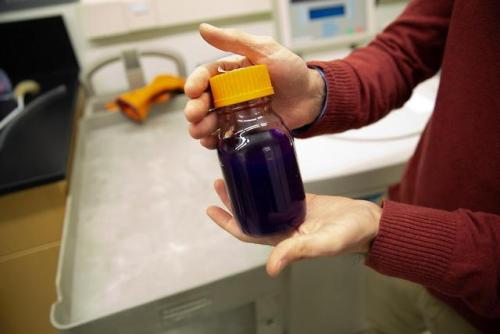#international space station
Dragon Endeavour DM-2 Launch Highlight.
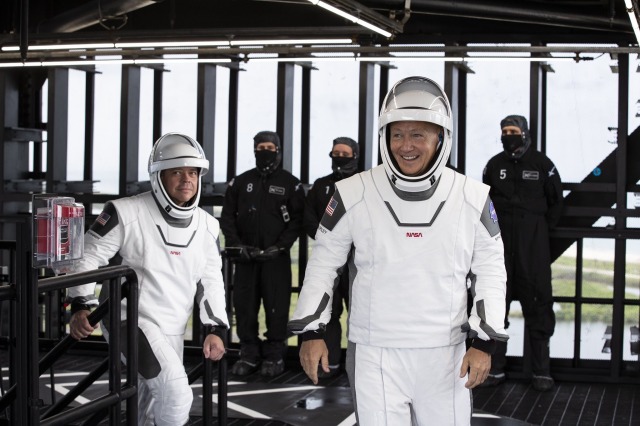



Yesterday NASA Astronauts Bob Behnken & Doug Hurley were 16 minutes away from launching on Crew Dragon. ⛈
Second attempt will be this Saturday 30th May @ 20:22 BST.
The Flight Readiness Review has concluded! NASA’s SpaceX Crew Dragon mission is cleared to proceed toward liftoff.
Tune in to NASA TV for live coverage from 17:15 BST, 27th May.
Follow@spacefidelity for daily space posts!
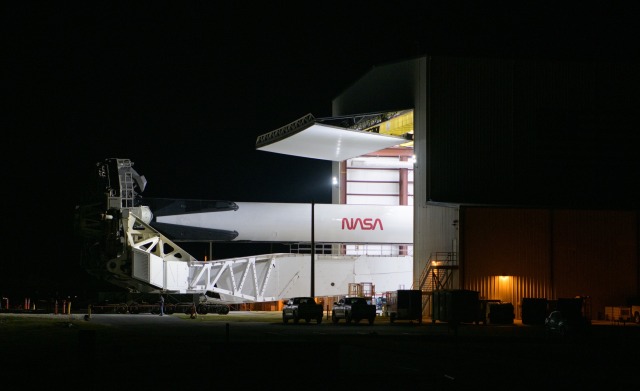








Crew Dragon & Falcon 9 Rollout at Launch Complex 39A.

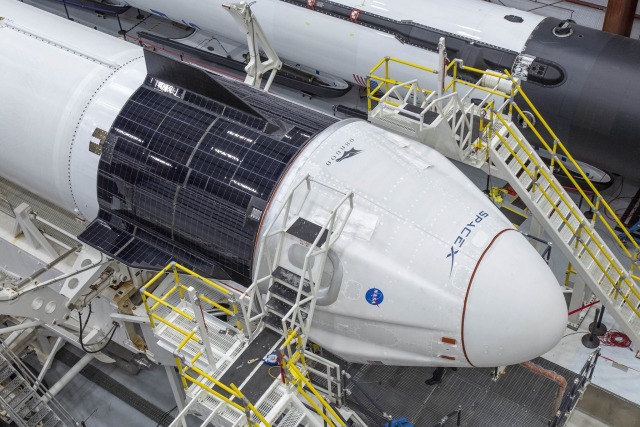
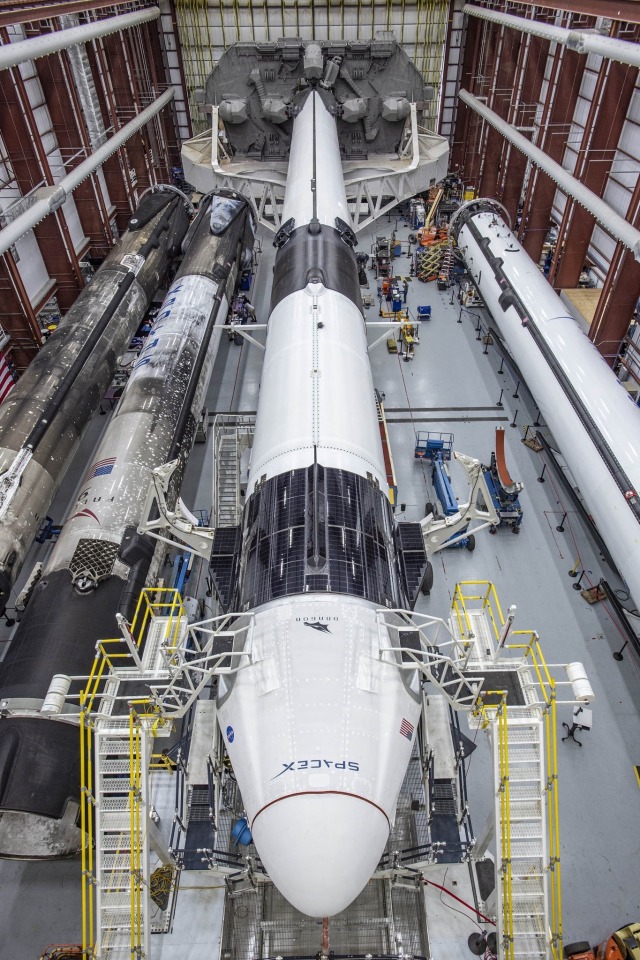
Crew Dragon & Falcon 9 in the hangar at Launch Complex 39A.

Shuttle Endeavour docked at the ISS during STS-134. Photo taken from Soyuz TMA-20 spacecraft, 23 May 2011. ✨
Follow@spacefidelity for more space posts!

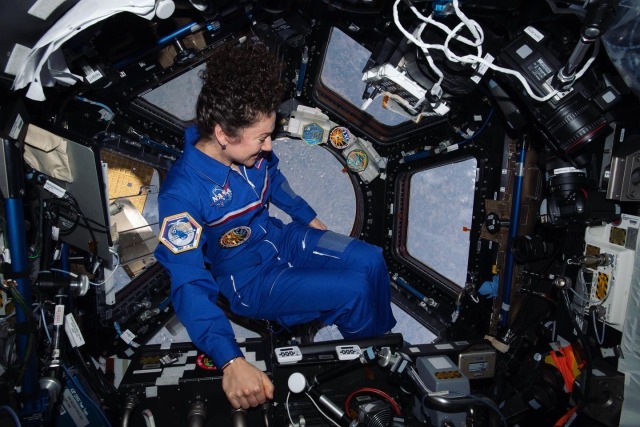


NASA Astronauts Jessica Meir & Andrew Morgan & Cosmonaut Oleg Skripochka are set to return to Earth tomorrow.
Landing aboard their MS-15 spacecraft in Kazakhstan at 0600 BST.

International Space Station backdropped by the Earth.
Photograph taken aboard Shuttle Endeavour during post-undocking relative separation. STS-130, Feb 2010. ✨
Soyuz MS-16 Expedition 62 Crew Launch & Docking. ✨
Soyuz MS-16 spacecraft carrying NASA Astronaut Chris Cassidy & Roscosmos Cosmonauts Anatoly Ivanishin & Ivan Vagner safely rendezvoused & docked with the ISS.
Edited by @spacefidelity
Incredible footage of the Falcon 9 booster landing on the drone ship “Of Course I Still Love You”.



Shuttle Discovery flies near the ISS ‘posing’ for a series of inspection photos.
STS-121 - July 2006. ✨
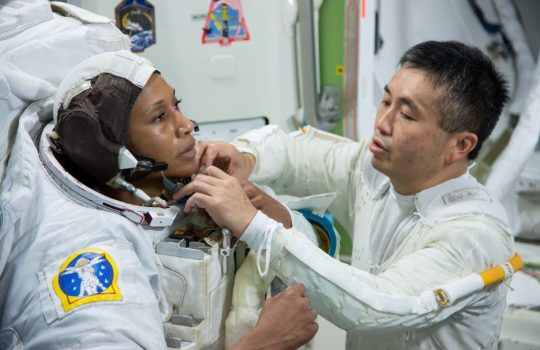
Jeanette Epps will board the International Space Station in May 2018 as the first African-American crew member.
During her six-month space mission, the aerospace engineer from Syracuse, New York, will conduct research and perform experiments that will build toward NASA’s journey to Mars.
Epps said she is looking forward to working in zero gravity: “Once you take [gravity] away, you can see the real nature of things,” she said. She said that scientists have already learned about genetics and cell structure from experiments in zero-gravity.
It will be her first spaceflight.
Epps never imagined going to space. But when she was 9 years old, her older brother glanced at her report card. “You can be an aerospace engineer, a doctor, maybe even an astronaut — they’ve selected women,” he told her. NASA had just announced Sally Ride would be America’s first woman in space.
Epps laughed and said she thought it would be impractical. “But I can definitely become an aerospace engineer,” she said. That she did, completing her doctorate degree at the University of Maryland in 2000. After a stint as a researcher at Ford Motor Company, and work with the government, Epps felt she had what it takes to go to space.
Out of nearly 3,500 applicants, Epps was selected as one of 14 candidates in NASA’s 2009 class of astronauts.
Epps’ arrival at the International Space Station will build on a legacy of black women astronauts. In 1992, Mae Jemison became the first African-American woman in space, flying a mission on the space shuttle Endeavour. Joan Higginbotham and Stephanie Wilson flew missions to help construct the International Space Station. A new film, Hidden Figures, explores NASA’s pioneering African-American mathematicians, who helped the space agency achieve some of its greatest milestones.
Before her 2018 flight, Epps will train continuously. She has already completed training in spacewalks, robotics, jet flight, geology and Russian language.She said she hopes to help young people discover their potential in science and mathematics like she did.
“Anything that you don’t know is going to be hard at first,” she said. “But if you stay the course and put the time and effort in, it will become seamless eventually.”
Read more from Share America.
The extensive cloud of debris Russia’s anti-satellite test created
Early this week, Russia launched a missile that destroyed the country’s Kosmos 1408 satellite, a large spacecraft that orbited the Earth roughly 300 miles up. The breakup of the satellite created at least 1,500 pieces of trackable fragments, according to the US State Department, as well as thousands of smaller pieces that cannot be tracked.
All of those pieces are still in low Earth orbit, moving at thousands of miles an hour and posing a threat to any objects that might cross their path. Initially, that even included the International Space Station, with crew members on board forced to take shelter in their spacecrafts as the debris cloud from the satellite passed by the ISS a couple of times.
It’s going to take weeks or even months to fully understand just how bad the situation is, but early visualizations of the ASAT test created by satellite trackers show an extensive trail of space debris left in the wake of the breakup.
The fragments appear like a dotted snake in orbit, stretching out and moving in roughly the same direction that Kosmos 1408 used to move around Earth. And there’s one thing the visualizers agree on: this snake of debris isn’t going anywhere anytime soon. “There will be some potential collision risk to most satellites in [low Earth orbit] from the fragmentation of Cosmos 1408 over the next few years to decades,” LeoLabs, a private space tracking company in the US sais.
A screengrab of a visualization, created by Hugh Lewis
Post link
International Space Station
For more amazing astronomy visit my blog @astronomypoetry
A powerful purple protein (pictured above) that could help cure certain types of blindness has made its way from a tiny Connecticut laboratory all the way up to the International Space Station.
That protein is a light-activated molecule with a fancy name: bacteriorhodopsin. And Nicole Wagner and Jordan Greco, with the Farmington-based company LambdaVision, use it a lot.
The pair said bacteriorhodopsin is so light-sensitive their hope is to, one day, implant it into human eyeballs. The thought is the protein could be used to replace cells that die because of diseases like retinitis pigmentosa and age-related macular degeneration.
“We’ve, sort of, re-created those cells that have died,” Wagner said, citing research on bacteriorhodopsin by UConn Professor Emeritus Robert Birge, the company’s founder.
To recreate the cells, LambdaVision builds its organic implants by layering the protein onto a film and dipping it over and over into a series of solutions.
It’s a process that works best when those solutions are uniform, but gravity can mess that up.
“The solutions can sediment,” Wagner said. “You can think of this as, almost, a lake. You’re going to see a lot of sand and particles at the bottom of the lake … in microgravity, you get a much more homogeneous solution.”
To test that, LambdaVision secured a spot for their experiment aboard the International Space Station, using funding from the ISS National Lab and Boeing.

(Above: Retinal implants are built layer-by-layer in a lab. The hope is that implants built in low-Earth orbit will be more effective and easier to produce.)
They also partnered with Space Tango, a research manufacturing firm, which built a small cube to automate and house the experiment, which the ISS astronauts will run.
It launched in December and retinal implants are now being built in orbit.
The hope is “to have the ability to generate retinal implants that are higher quality. That are more stable and have better performance,” Greco said. “And [to] have a better understanding of what the effects of gravity [are] on our manufacturing process.”

(Above: Jordan Greco, left, and Nicole Wagner at LambdaVision’s lab in Farmington. The pair now have an experiment in orbit on the International Space Station.)
The pair say the samples should make their way back to Connecticut after returning to Earth mid-January.
“These, in particular, will stay here in Farmington. We’ll run a series of tests,” Greco said. “To understand the quality and the homogeneity of those films and compare those to what we can manufacture in our labs.”
Greco and Wagner say their research is still very early-stage. They hope to be in clinical trials in the next two years.
But for now, the hope is an experiment cast among the stars could, eventually, help some of us down here on Earth see those stars a little better.
(Image Credit: Patrick Skahill, Connecticut Public Radio)
Post link


